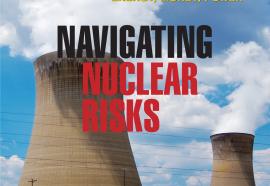Closing the Talent Gap
Ad hoc approaches will fall short when the workforce crisis strikes.
Utilities are headed for trouble. A critical shortage of skilled employees likely will worsen. And overcoming the workforce gap will require viewing it as a strategic issue, and taking a comprehensive, fact-based approach.








